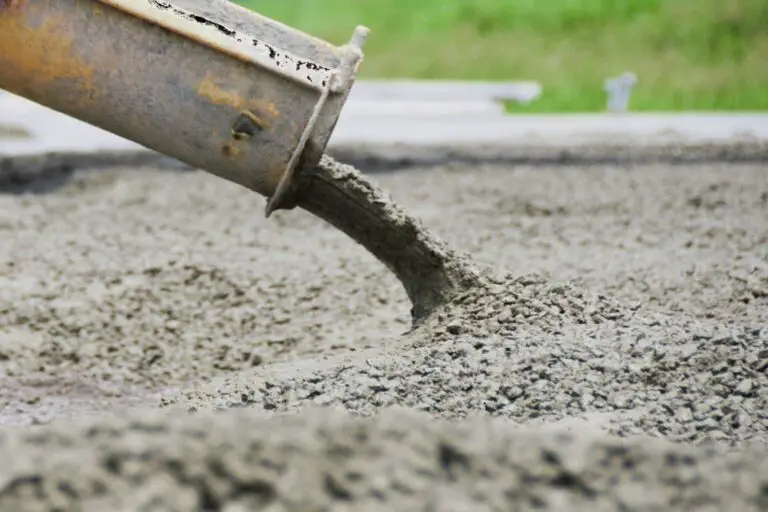Admixtures | Types of concrete
Admixtures
Admixtures are also known as Additives. These are the fourth ingredient of concrete, other than cement, aggregate and water. They are for many reasons in concrete like to increase the workability of concrete, to reduce the cost of concrete structures, to maintain the quality of concrete at different stages of concrete making, transportation, placing and curing.
It is important to use these agents in a small amount; this amount should be less than 2 % of cement content. They are added before mixing or during mixing of concrete The two main categories of admixtures are: Mineral and chemical admixtures. According to ASTM C 494-92, they are classified in the following categories:
Type A- water reducing
Type B- Retarding
Type C- Accelerating
Type D- water-reducing and retarding
Type E- Water reducing and accelerating
Type F- Super plasticizing
Type G- High range water reducing and retarding.
Other than these fundamental classes, there are many other types of admixtures like, hydration controlling admixtures, corrosion inhibitors, coloring admixtures, gas forming admixtures, bonding and pumping admixtures.
Before the use of any admixture in concrete making, there are certain precautionary measures that need to be taken. The technical data provided by the manufacturer should be checked properly. The effects of admixture on the concrete quality should be well aware of.
It should be ensured that desirable results are achieved or not? Then the quantity of admixture to be used is well calculated and reliable procedures should be followed for the accurate application of the admixture. Then lastly any unfavorable effect should be reported and immediate actions should be taken before it gets any worsen.
The history and the fundamental components of concrete are discussed in detail. The preceding section will cover other processes and aspect of concrete-like main properties of concrete, batching, mixing, transportation, placing, finishing and lastly the problems of concrete.
Types of concrete
Concrete is classified into many categories based on the type of material used, the density, the conditions (nature of stresses induced). The list of different types of concrete is given below:
-
Plain or ordinary concrete
It is the most common type of concrete. Commonly used design mix of 1:2:4. The density of this concrete is around 2200-2500kg / meter cube, it has a very good durability.
-
High density concrete
It is used for special purposes; the density is around 3000-4000 kg/ cubic meter. This concrete is made from high density aggregates like barytes.
-
Shotcrete
The composition of concrete is not so much different from the ordinary concrete. The manner of placing is different; they are placed using higher air pressure through nozzles. They are compacted and placed simultaneously. They are mostly used in tunnel construction to prevent the collapse of the soil.
-
Precast concrete
They are prepared in the central plant in various sizes and shapes for special purposes. i.e. precast poles, concrete blocks etc. They require proper care during transportation and handling otherwise they may be destroyed. These are made under controlled conditions and they have been subjected to perfect curing.
-
Pre-stressed concrete
The reinforced bars are subjected to tensile loads before they are embedded into the concrete. The compressive strength of this concrete is significantly high. The member can be used in the construction of bridges and structures that are subjected to high dead loads.
-
Light weight concrete
This type of concrete has less density than other types of concrete, usually its density is less than 1920kg/ meter cube. Light weight aggregates are used in its production. The thermal conductivity of this concrete is also lesser then other concretes.
-
Reinforced concrete
It is also known as RCC. Steel bars are used to give the tensile strength to concrete. It is simply plain concrete with an addition of reinforcement. It is effective in taking every type of loading and stresses.
-
Asphalt concrete
This is made through the combination of aggregate and bitumen. The other name of this concrete is asphalt, which is used in the construction of roads, airports and highways. It has a very low hardening time.
-
Rapid hardening concrete
This is mostly used for underwater and marine construction and road repair works. This has the ability to harden in few hours.
-
Ready mix concrete
This concrete will be explained in detail in the later section
-
Self-consolidated concrete
This type of concrete doesn’t need any help with compaction, they compact on their own weight. Workability of this concrete is high. The other name for this type of concrete is flowing concrete.
